South Asian community provides insight for upcoming Canadian provincial museum
The government allocated $500,000 to support these efforts, including outreach to smaller communities and academic institutions.
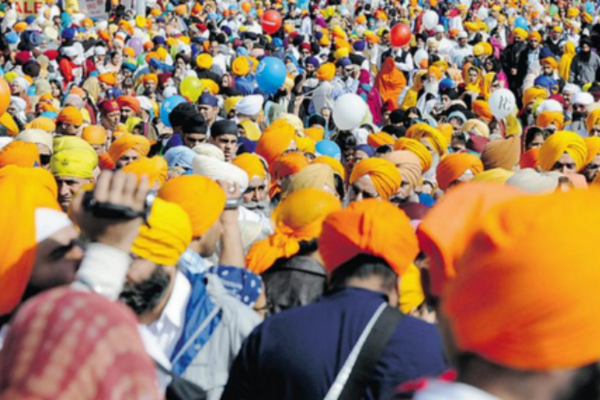 The British Columbia Government officially recognizes the Vaisakhi Parade and publishes a brochure in 1995 / South Asian Canadian heritage
The British Columbia Government officially recognizes the Vaisakhi Parade and publishes a brochure in 1995 / South Asian Canadian heritage
In a significant public engagement initiative, more than 16,000 individuals of South Asian heritage have come together over the past year to contribute to the vision for a new provincial museum in British Columbia.
The proposed museum — first committed to by the B.C. government in 2017 — is envisioned as a space that documents the histories, cultures, and contributions of South Asian communities across Canada.
Also Read: Sikhs remain third most targeted religious group in US hate crimes: FBI data
It will highlight both struggle and celebration, from early labour migration and racism to religious festivals, artistic practices, and intergenerational storytelling. “The broad participation from British Columbians of South Asian heritages demonstrated how important it is for communities to see their cultures and stories reflected and recognized in a museum,” said Anne Kang, Minister of Tourism, Arts, Culture and Sport.
Forty-six community organizations helped facilitate the public engagement process. Its findings are detailed in a report titled What We Heard, based on over 140 in-person sessions across the province, youth forums, and online submissions.
“As an immigrant of South Asian heritage, I know how meaningful it is to have a place where our history is preserved, celebrated and shared,” said Amna Shah, parliamentary secretary for anti-racism initiatives.
The government allocated $500,000 to support these efforts, including outreach to smaller communities and academic institutions.
Momentum for the museum has built over the past decade through efforts led by the South Asian Studies Institute at the University of the Fraser Valley. Projects such as the Punjabi Canadian Legacy Project (2014–2018) and the South Asian Canadian Legacy Project (2020–2022) documented the lives of early Punjabi settlers who arrived in B.C. in the late 19th and early 20th centuries. Many worked in forestry and agriculture, often facing exclusionary immigration laws and systemic discrimination.
British Columbia currently does not have a provincial museum dedicated to the histories of racialized communities. Institutions like the Royal BC Museum have faced criticism for a lack of representation and have pledged reforms following internal reviews of systemic racism.
The report outlines a collective vision for the museum as both a space for cultural preservation and public education. Participants called for the inclusion of lesser-known migration histories, such as those from Sri Lanka, Nepal, Bhutan, and the Afghan diaspora, alongside more widely recognized Punjabi and Indian narratives.
According to the 2021 Census, people of South Asian heritage make up 9.6 percent of British Columbia’s population, forming the province’s second-largest racialized group.
ADVERTISEMENT
ADVERTISEMENT
E Paper
Video



1759953093.png) Staff Reporter
Staff Reporter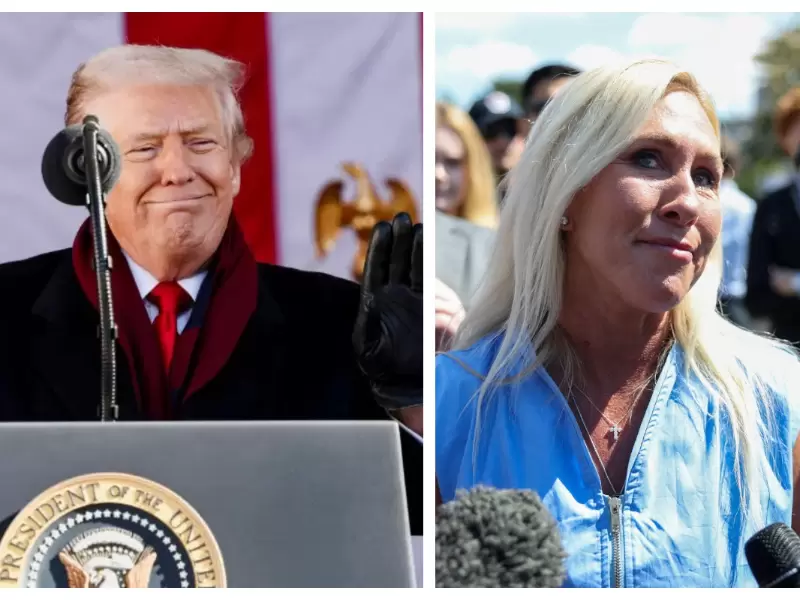

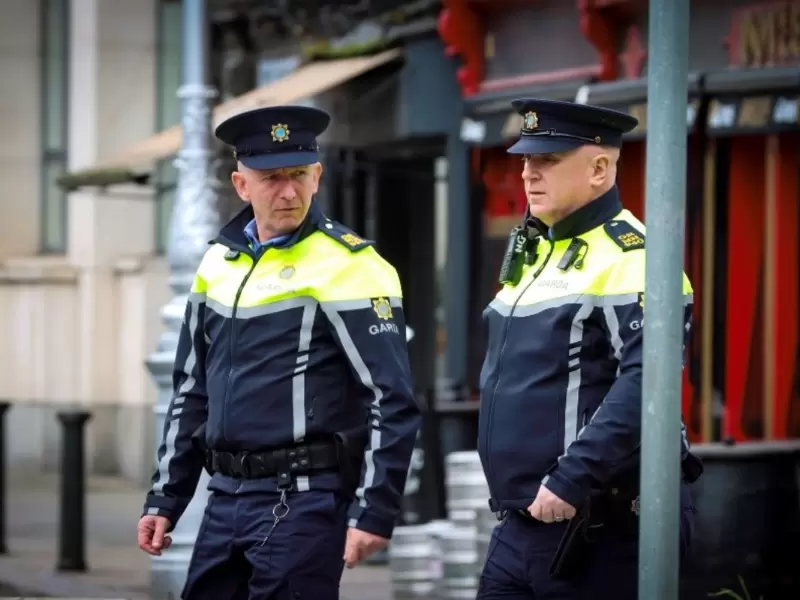
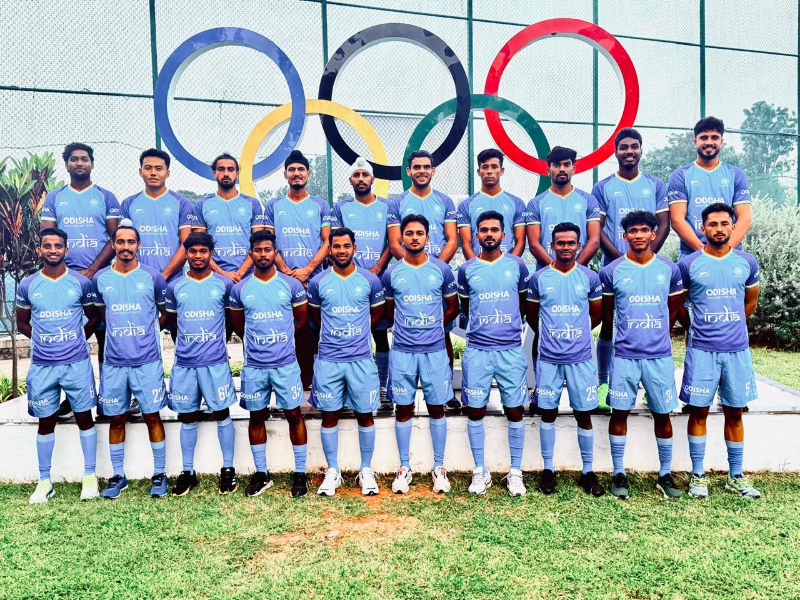
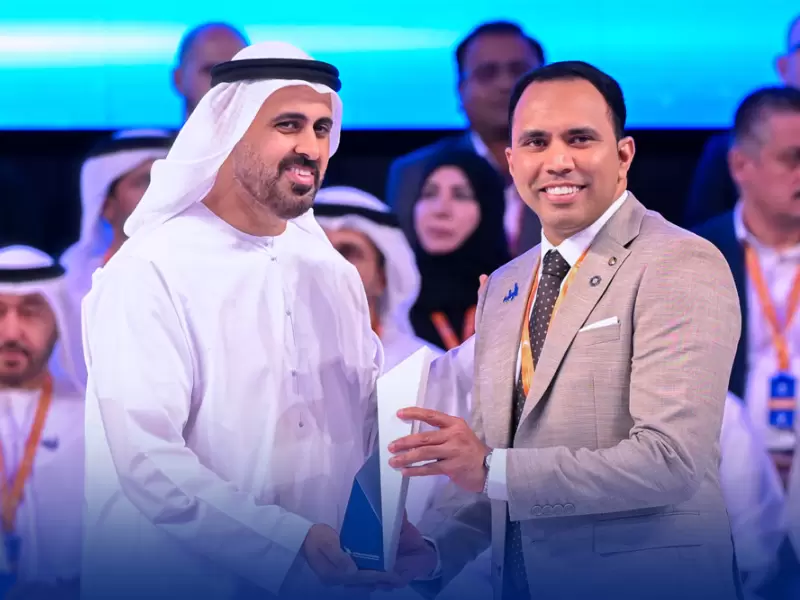

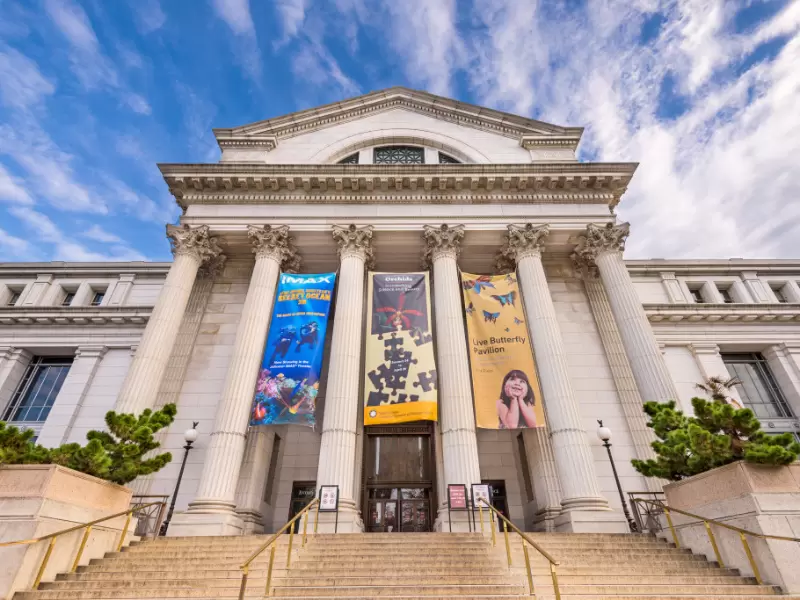
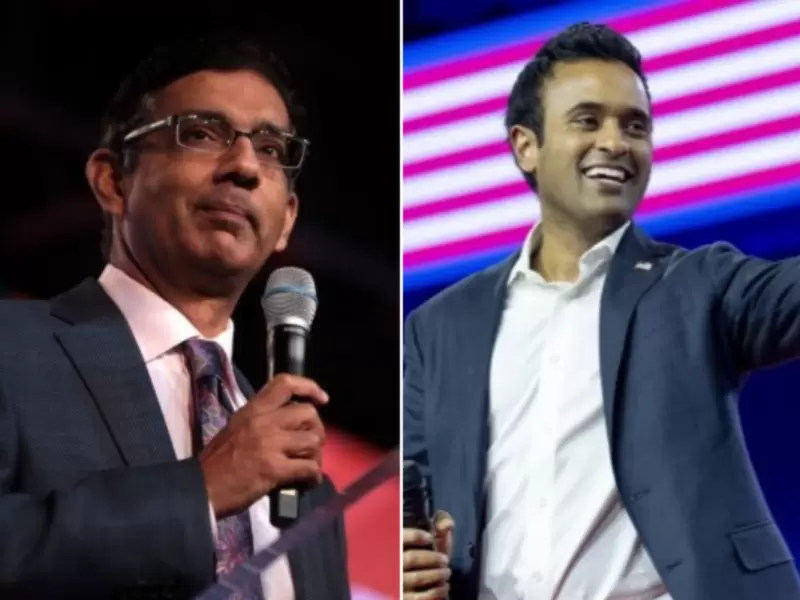
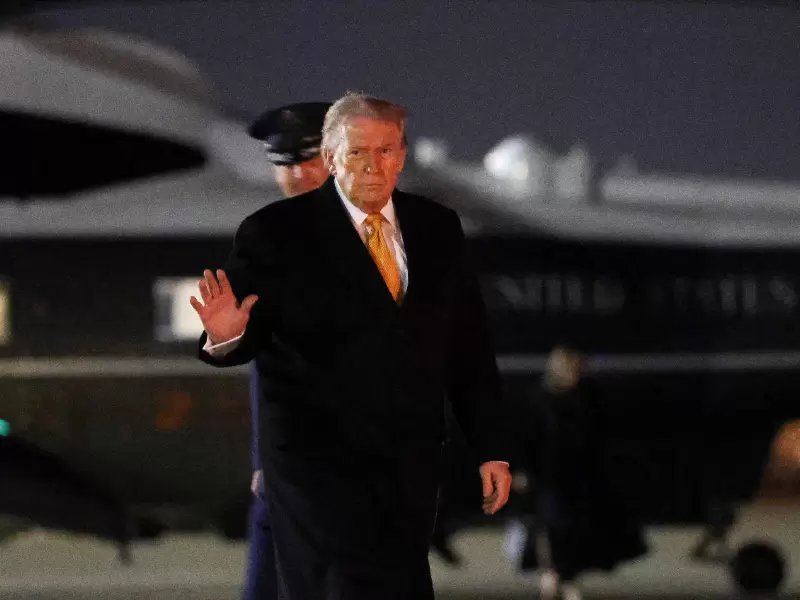

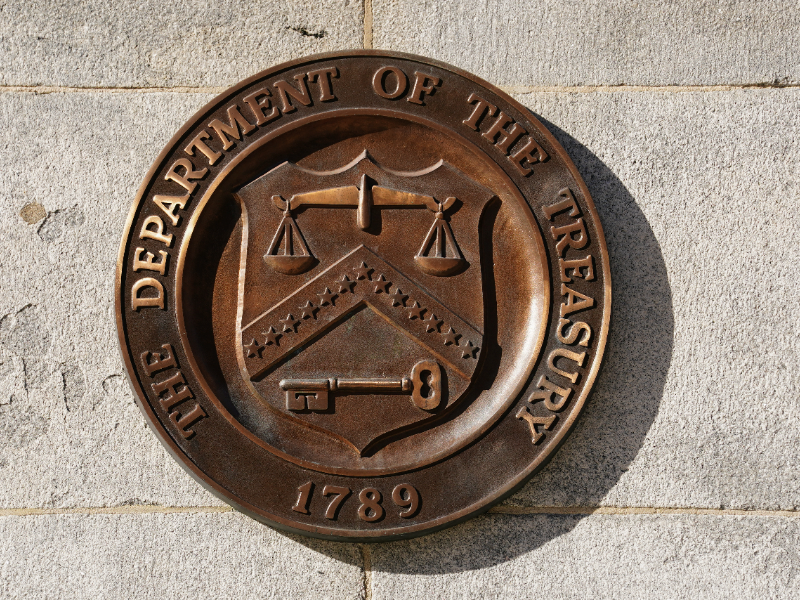
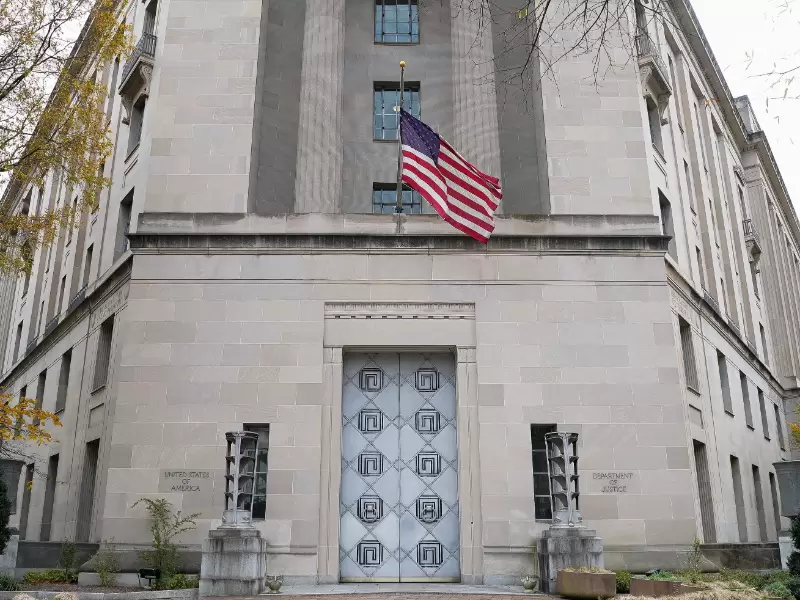

Comments
Start the conversation
Become a member of New India Abroad to start commenting.
Sign Up Now
Already have an account? Login